Space missions course at Goonhilly takes off
- Published
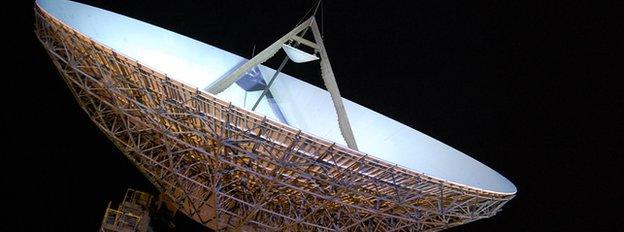
Goonhilly, on The Lizard peninsula, was built in 1962
A course for space mission controllers has started in Cornwall.
Twenty-four delegates from across Europe and the United States are at Goonhilly Earth Station to learn about satellite communications, and how to control orbiting spacecraft.
Staff said they believed it was the only course of its type in Europe teaching how to operate such equipment.
Goonhilly was the first site to receive TV images via the Telstar satellite in the 1960s.
The four-day course, which runs until Friday, is aimed at giving science graduates with an interest in working in the space industry a first-hand idea of operating satellites.
The delegates are being taught by space scientists, including members of the team which flew the Beagle 2 Mission to Mars.
Goonhilly, on The Lizard peninsula, was built in 1962 and played a key role in the broadcasting of events including the Olympic Games, the Apollo 11 Moon landing, and 1985's Live Aid concert.
It was closed in 2008 by BT, which moved operations to Herefordshire.
Goonhilly Earth Station Limited (GES) bought the site near Helston in 2011 to create a space science centre for space exploration and science research.

Goonhilly
Goonhilly earth satellite station was built by the GPO on Goonhilly Downs at a cost of £650,000
The site was chosen because it was flat, giving a clear view of the horizon, and its hard rock surface could take the weight of the 1,118-tonne dish - officially named Antenna 1, but nicknamed Arthur
On 11 July 1962, pictures from America were sent via the Telstar satellite to Goonhilly
The project led the way to modern satellite communications
Arthur, the 26m (85ft) dish which received the Telstar signal, is being restored and is Grade II listed
- Published11 March 2015
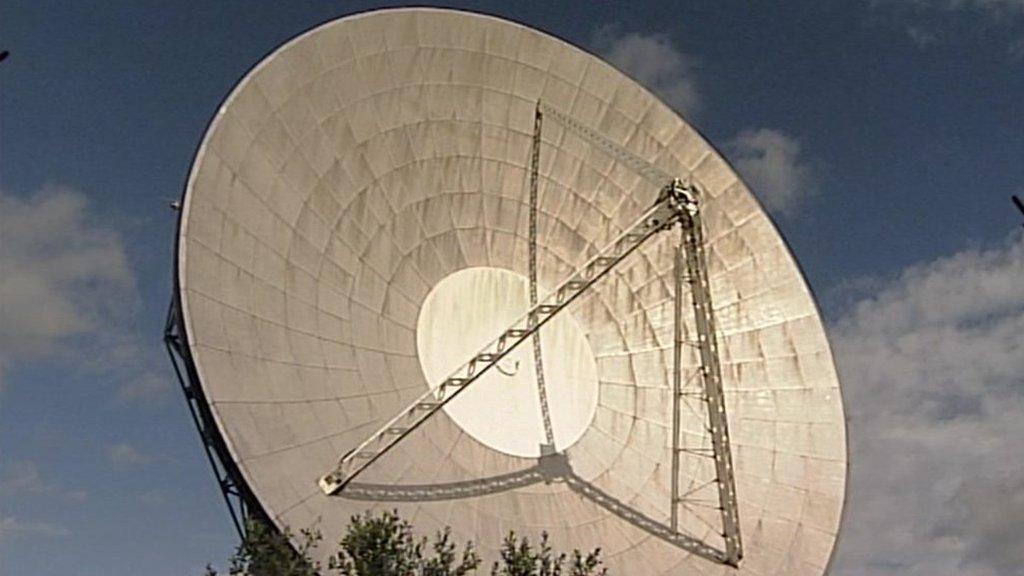
- Published3 March 2015
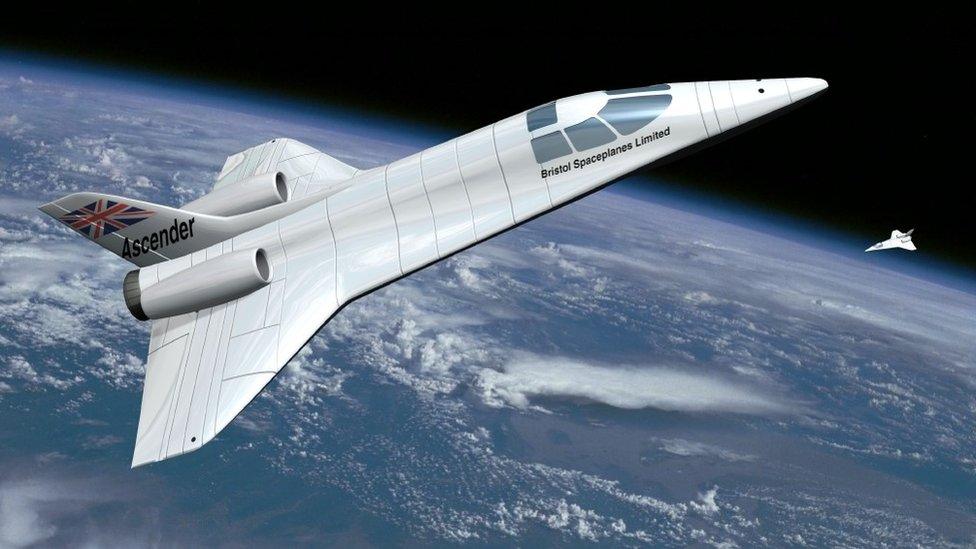
- Published14 July 2014

- Published30 April 2014
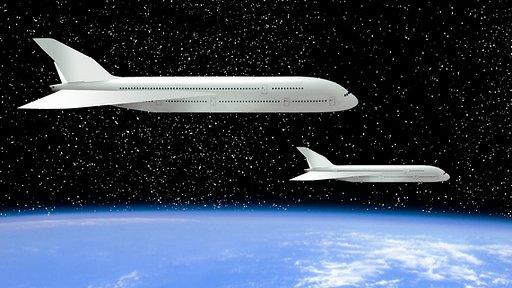
- Published6 January 2014
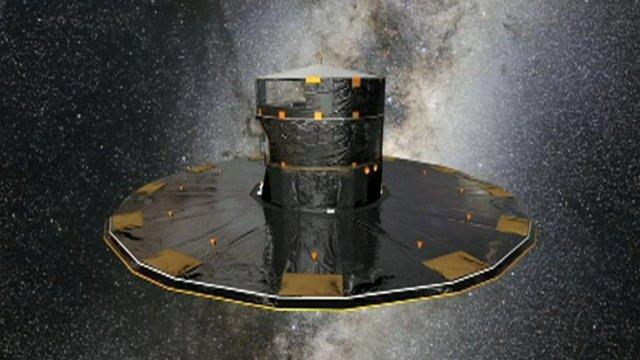
- Published11 July 2012
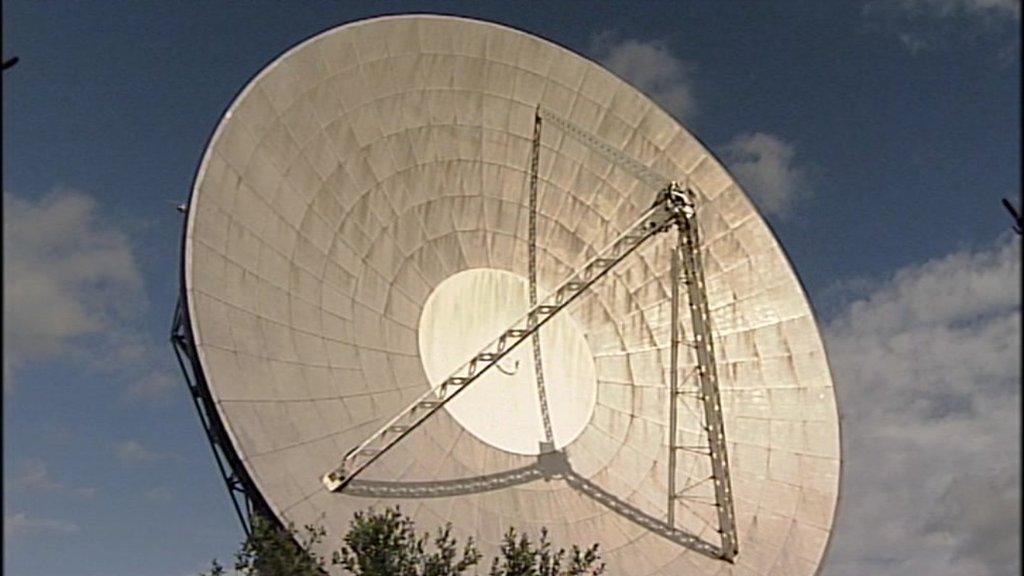
- Published6 December 2011
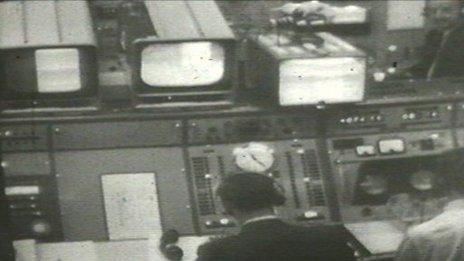
- Published11 January 2011